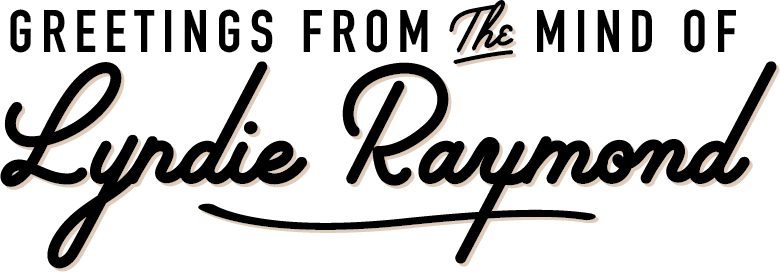What Is Experience Design?
Don’t worry, it’s ok to ask — you’re not alone in wondering.
I ✨LOVE✨ explaining experience design to people because 98% of the time I see their face light up as I list off examples including theme park design, museum exhibition design, festival and performance design, themed bars and restaurants (I believe there are better examples than Rainforest Cafe, but that’s a real crowd pleaser…), retail and merchandising design — the list goes on. As you can imagine this pleases me in two ways: the first is validation that I’ve discovered something cool to spend my life pursuing, and the second is because my love of experience design and themed entertainment consumes my mind (just ask anyone near and dear to me who is tired of listening to me speculate and gush about the new Star Wars Galaxy’s Edge park at Disneyland) and I love to go on and on and on about it.
Here’s a definition I pulled from CU’s website that I think is a great starting place:
Experience Design (XD) is the creation of site and event-based interactive experiences for the public. These experiences include themed entertainment and amusements; cultural attractions and events; interactive museums, aquariums and exhibits; public installations; and immersive and alternative theatrical productions. It is the creation and design of experiences that have an impact on the senses, mind, body and spirit of attendees. The process of designing these experiences requires inspiration, collaboration and a high degree of creativity.
In addition, I believe that perhaps the two most important things to keep in mind while thinking about experience design are 1) storytelling and 2) immersion. Simply, without a story, it’s going to be really difficult to create something memorable for a guest to understand and experience. Humans are storytellers — it’s a part of our DNA and is critical for our existence. Along with that, immersion is what allows us to fully invest in the story and maintain the suspension of disbelief (one of my favorite XD concepts). If we’re thinking in the context of theme parks, the suspension of disbelief is what allows you to place yourself in the story. For example, while waiting in line at Disneyland for the Indiana Jones ride, guests are able to perceive that they’re not just uncomfortably close with hundreds of strangers for what seems like an eternity while waiting in line, they’re actually transported to an archaeological temple site in the middle of a jungle in India and are about to embark on a dangerous and exciting quest with Indy. This is done with scenic design, landscaping, soundscaping, costuming, etc., etc…and man is it awesome.
So what’s not to love? Not to mention everybody deserves a little escapism here and there, right? Gotta keep things exciting!
Indiana Jones Temple of the Forbidden Eye attraction in Disneyland. Image from https://disneyparks.disney.go.com

